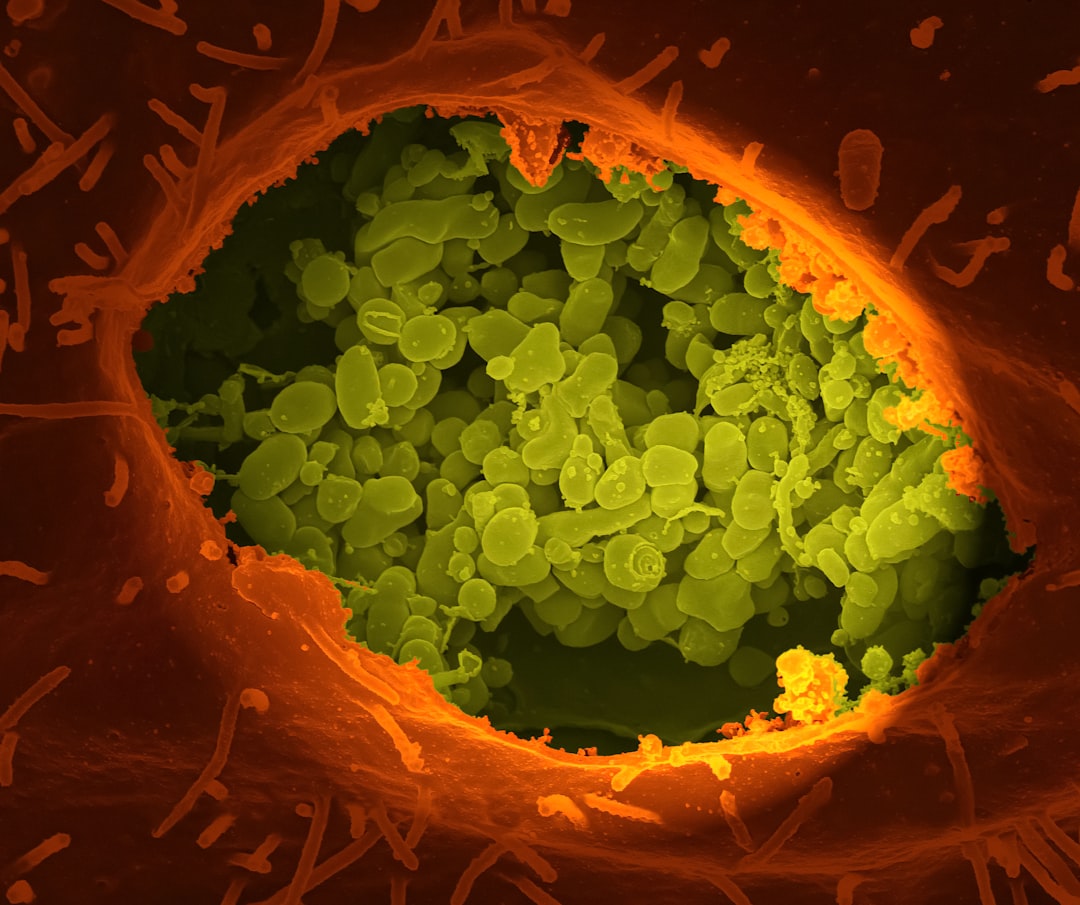What is it about?
CO2 fixation is catalyzed by Rubisco that is the most abundant protein on Earth. In many algae, Rubisco is densely packed into a microcompartment called the pyrenoid, which plays an important role in the CO2 accumulation in aquatic environments. Notably, approximately one-third of global carbon fixation is estimated to occur within algal pyrenoids. Apart from Rubisco, however, pyrenoid-associated proteins in most algae remain unclarified.
Featured Image

Photo by James Lee on Unsplash
Why is it important?
We identified pyrenoid-associated proteins in a marine alga through a proteomic approach. Some of these proteins are apparently involved in pyrenoid construction and CO2 concentration. This study provides insights into the evolution of CO2-fixing organelles at the molecular level. Furthermore, pyrenoid-associated proteins reported this study may serve for engineering an algal pyrenoid into land plants and improving crop productivity in the future.
Perspectives
Pyrenoid is an interesting and important organelle. I hope that researches on pyrenoid will be conducted in more diverse algae.
Yoshihisa Hirakawa
Tsukuba Daigaku
Read the Original
This page is a summary of: Pyrenoid proteomics reveals independent evolution of the CO
2
-concentrating organelle in chlorarachniophytes, Proceedings of the National Academy of Sciences, February 2024, Proceedings of the National Academy of Sciences,
DOI: 10.1073/pnas.2318542121.
You can read the full text:
Contributors
The following have contributed to this page










